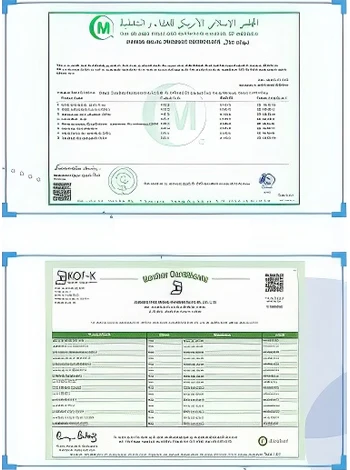



polyacrylamide polymer
Polyacrylamide Polymer Properties, Uses, and Innovations
Polyacrylamide is a versatile polymer that has garnered significant attention across various industries due to its unique properties and functionalities. Composed of acrylamide monomers, polyacrylamide can exist in various forms, including both linear and cross-linked versions, allowing for a wide range of applications in fields such as water treatment, agriculture, and biomedicine.
Polyacrylamide Polymer Properties, Uses, and Innovations
In the field of water treatment, polyacrylamide plays an essential role as a flocculant. It assists in the aggregation of suspended particles, making it easier to remove impurities from water during purification processes. The polymer's effectiveness in binding with various contaminants allows for cleaner water to be produced, which is crucial in both municipal and industrial applications. Furthermore, its application extends to the treatment of wastewater, where polyacrylamide helps in the clarification and separation of solid waste from liquid effluent, contributing to environmental sustainability.
polyacrylamide polymer

In the biomedical field, polyacrylamide is increasingly being recognized for its potential in drug delivery systems and tissue engineering. The ability to modify its properties by altering the degree of cross-linking presents numerous possibilities for creating hydrogels that can mimic biological tissues. For instance, researchers are developing polyacrylamide-based scaffolds that can support cell growth and tissue regeneration, potentially advancing healing processes in regenerative medicine. These innovative applications highlight the polymer's versatility and its promise in improving healthcare outcomes.
Despite its advantages, concerns have been raised regarding the safety of polyacrylamide, particularly in its potential to release toxic monomers under certain conditions. It is essential to continue research into the polymer’s degradation products and thoroughly assess its environmental impact. Developing lower-toxicity alternatives or modifying the polymer for safer usage represents a critical area of ongoing research.
As we look toward the future, the continued development of polyacrylamide-based technologies holds great promise across multiple sectors. Advances in polymer chemistry may lead to more effective formulations that further enhance its applications in sustainable agriculture, efficient water treatment, and groundbreaking biomedical innovations. Researchers are also exploring greener synthesis methods that minimize environmental impact while maximizing effectiveness, recognizing the increasing demand for sustainable practices in polymer production.
In conclusion, polyacrylamide serves as a prime example of how a single polymer can impact various industries through its diverse applications and beneficial properties. From improving crop yields to advancing medical science, polyacrylamide demonstrates the potential of synthetic materials to address critical global challenges. As innovation continues, we can expect to see even more transformative uses of this remarkable polymer in the years to come.
-
High-Purity Strontium Chloride (SrCl2) for Lab & IndustryNewsAug.31,2025
-
Anhydrous Formic Acid 80% 85% 94% - High Purity SolutionsNewsAug.30,2025
-
Accurate Fire Assay Flux for Gold & Silver Ore AnalysisNewsAug.29,2025
-
Advanced Paint Chem Solutions: Quality Chemicals for CoatingsNewsAug.28,2025
-
Potassium Nitrate: The Ultimate Fertilizer for Agriculture and GardeningNewsAug.25,2025
-
Potasium Persulphate: A Versatile Chemical for Industrial ApplicationsNewsAug.25,2025
-
Industrial Applications of Sodium HydroxideNewsAug.25,2025










